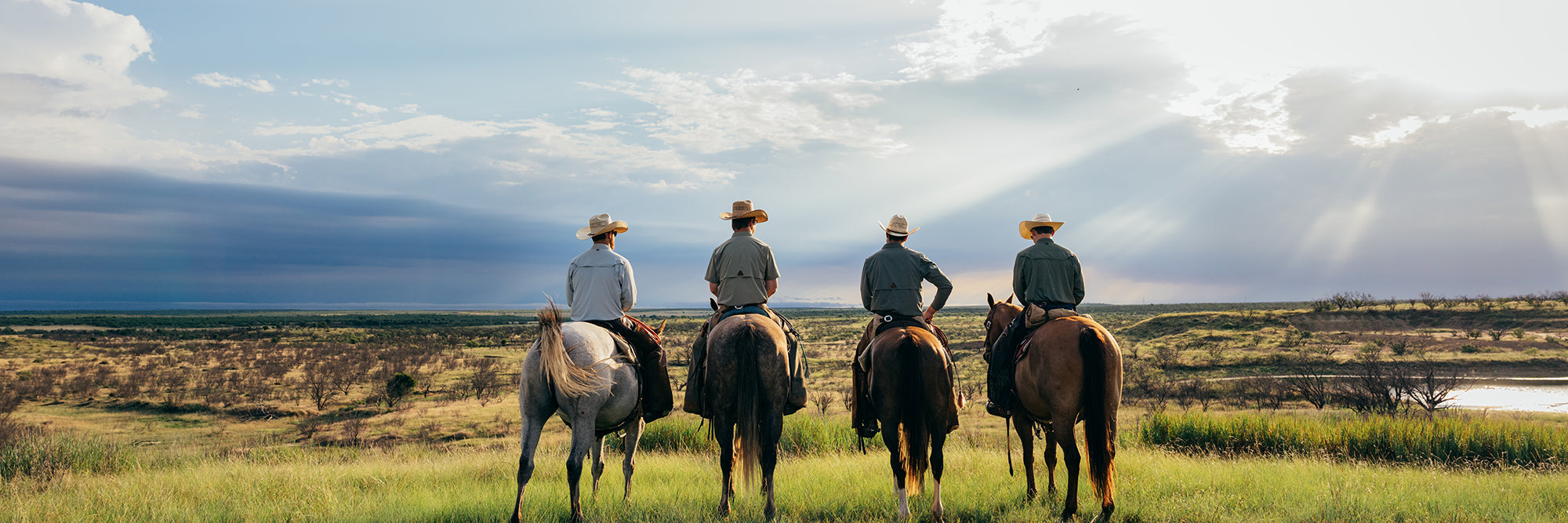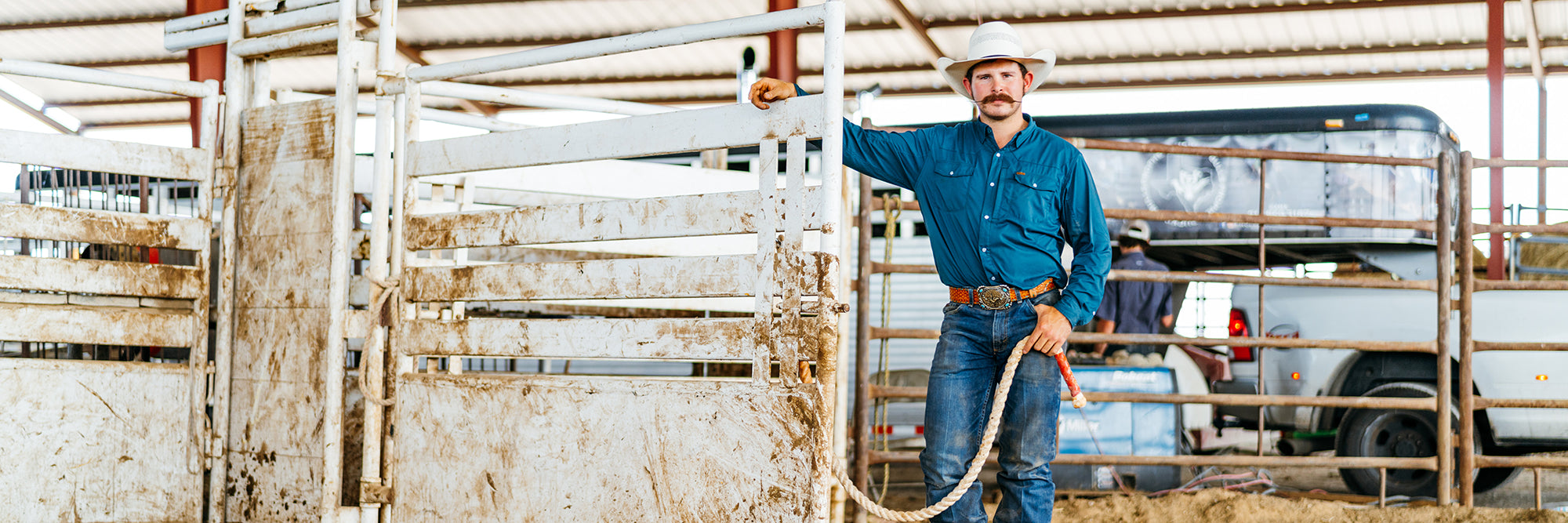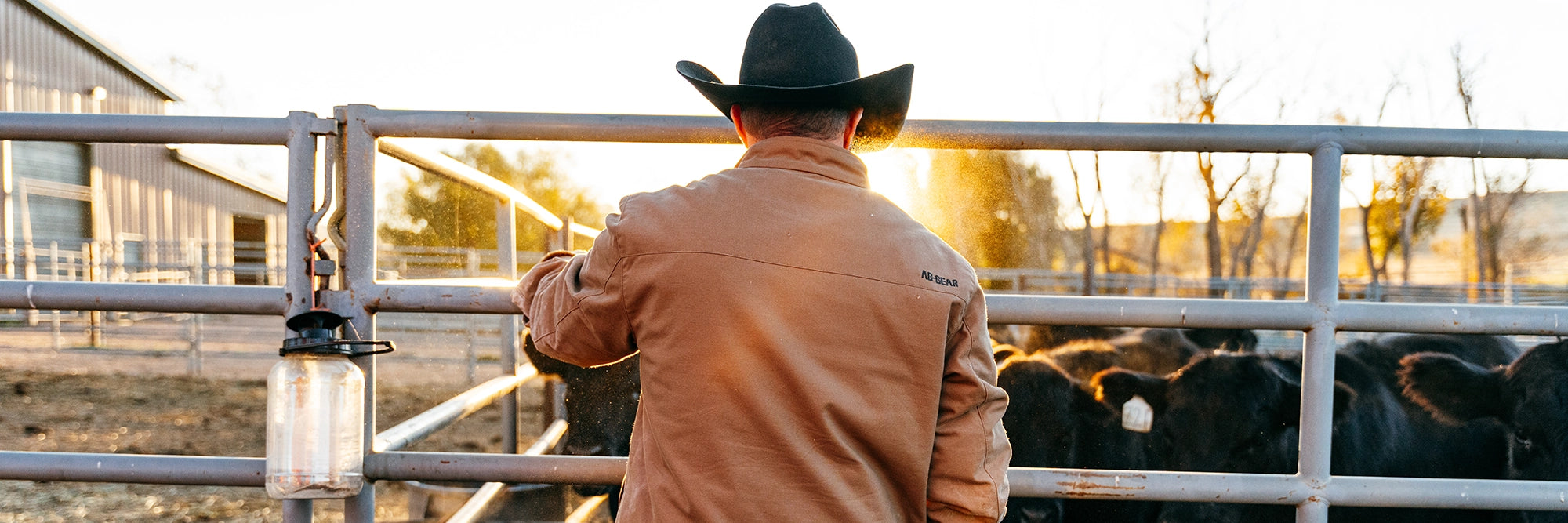Breaking Broncs
By Kori Ford

One of the most iconic past times of the storied west is bronc riding. Bronc riding was born from the working cowboys of the old west, where they would “break the buck” out of wild broncos so that they could serve as working ranch horses. This tactic proved its success in the late 1800’s, when the United States Army called upon cowboys to break these horses so that they could be of important use on the battlefield. It wasn’t long after this moment in history that these cowboys became competitive at this skill. Who could ride a 1400lb wild beast for 8 seconds? Hence, the birth of bronc riding.
In modern rodeo competition, bronc riding is broken up into three categories: Saddle Bronc, Bareback Bronc and Ranch Bronc. Saddle Bronc competition consists of a rider who uses a specific saddle with free sweeping stirrups and a braided rein attached to a halter worn by the horse. The rider will grip and lift the rein, in an attempt, to gain rhythm with the horse. The rider will then sweep their spurs from the shoulder to the flank of the horse in a synchronized motion while the horse is bucking. Bareback riding incorporates a rawhide handle that is attached by a leather strap behind the horses’ withers. The rider, without a saddle or reins, will then grip the handle and ride the bronc by spurring the horses shoulders in a forward to back motion in rhythm with the horse. Finally, Ranch Bronc riding is very similar to saddle bronc; however, riders will use a regular saddle with a saddle horn and riders are also allowed to hold on using two hands. One of the first competitions for bronc riding, was held in Cheyenne, WY, home of Cheyenne Frontier Days. Cheyenne is now the mecca for bronc riding. These rodeo competitions are an integral part of our sport with deep ties to our country’s rich history.

Once a bucking horses’ career is ending, a large majority of these horses are either retired or sent to be euthanized. The main reason these horses are retired is because they do not buck as hard anymore. As a horse trainer and Ranch Bronc rider, I have a special connection to these horses. I have adopted several retired bucking horses, some of which I actually rode during competitions. I now train these horses to become riding horses. Training ex-broncs is the hardest type of horse to train; however, it is extremely rewarding in the end. Being able to see a horse make the transition from the rodeo arena to a leisure riding horse is a great feeling. These animals are important to our way of life and have a rich history of tradition in our sport.












